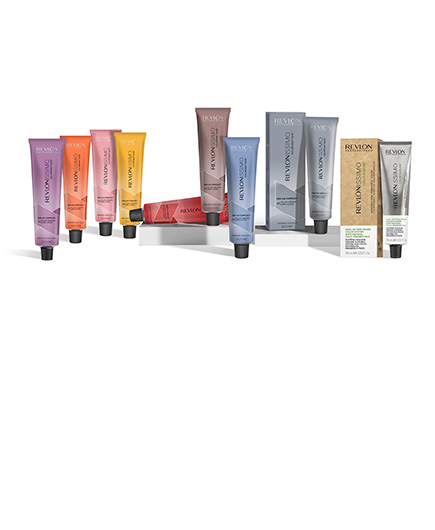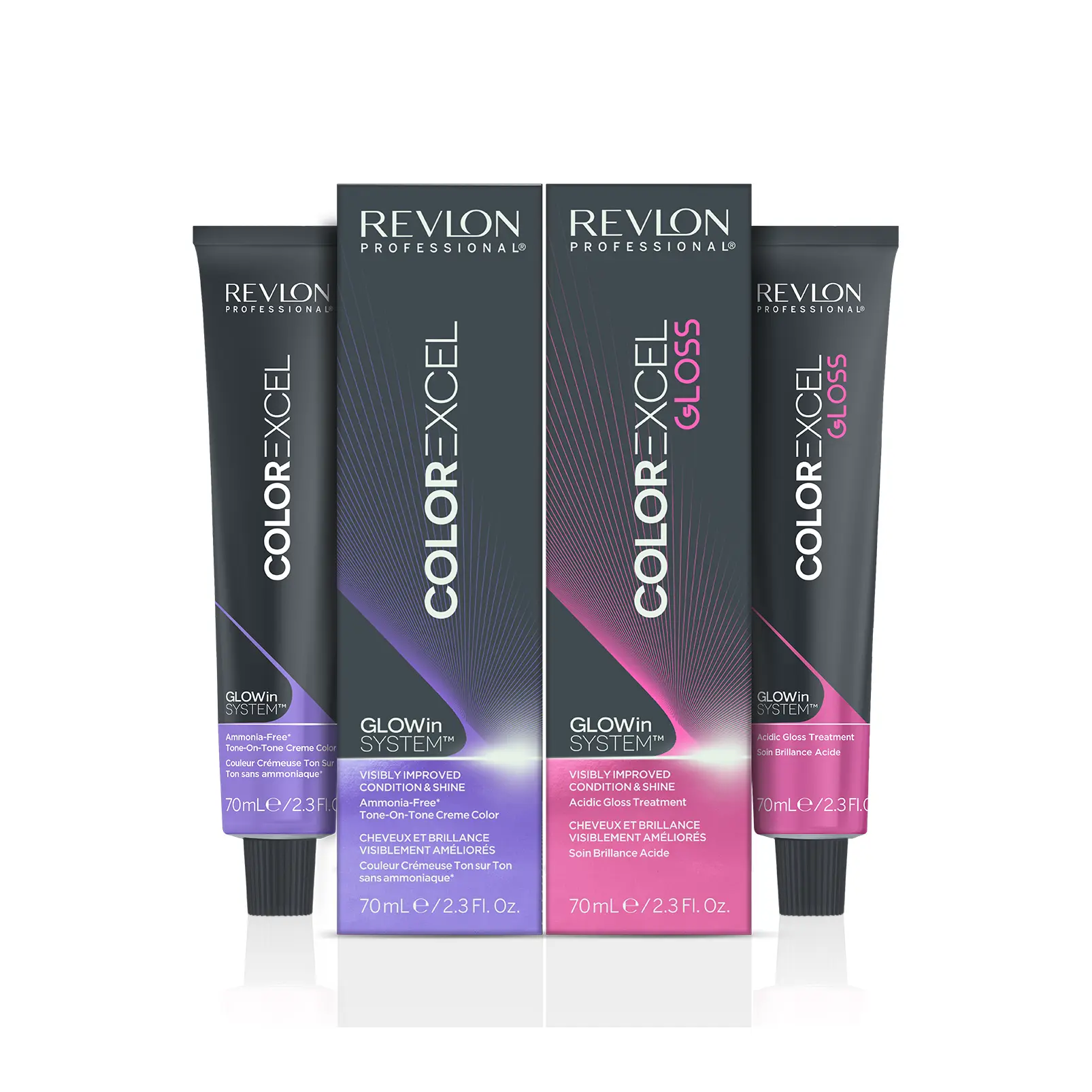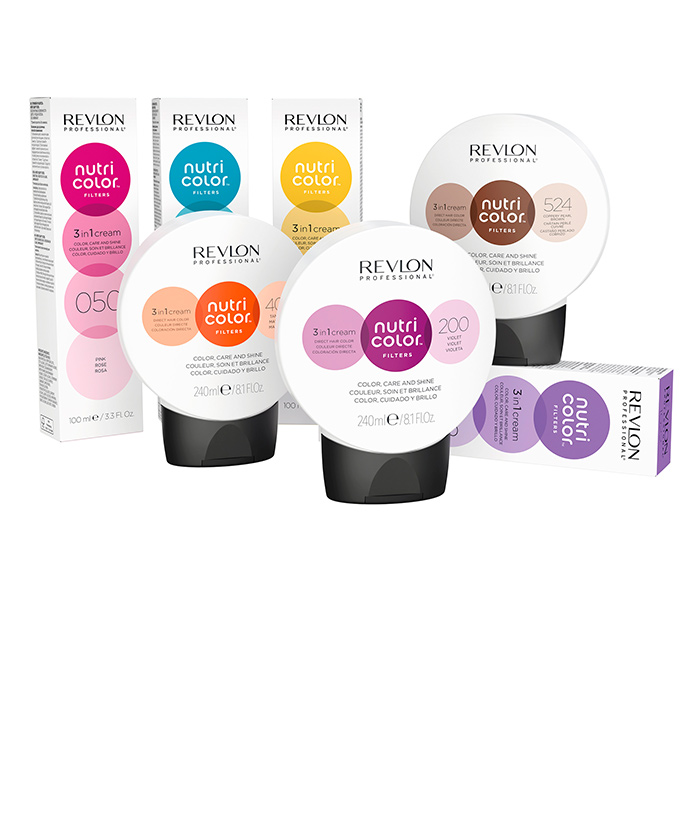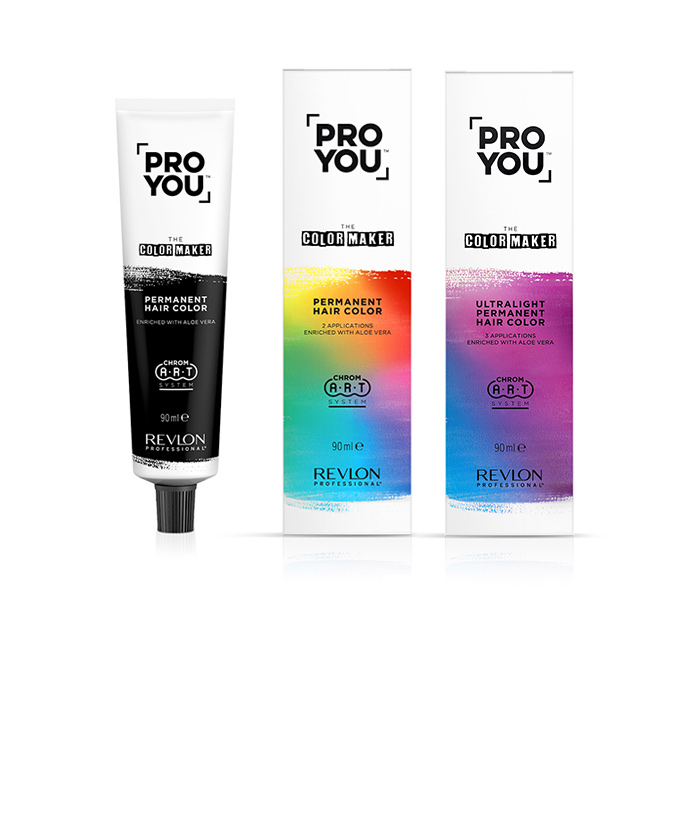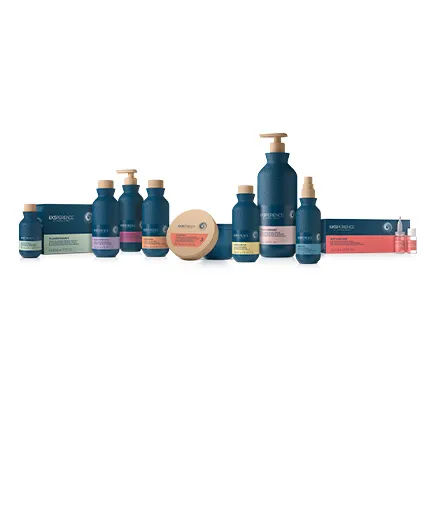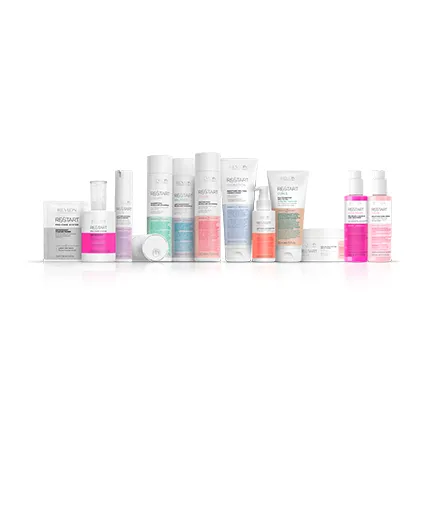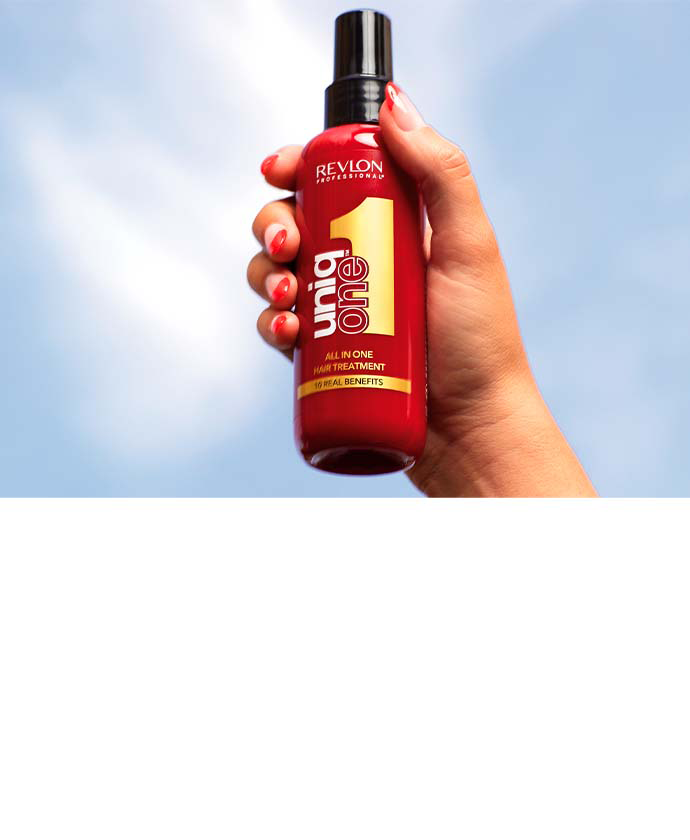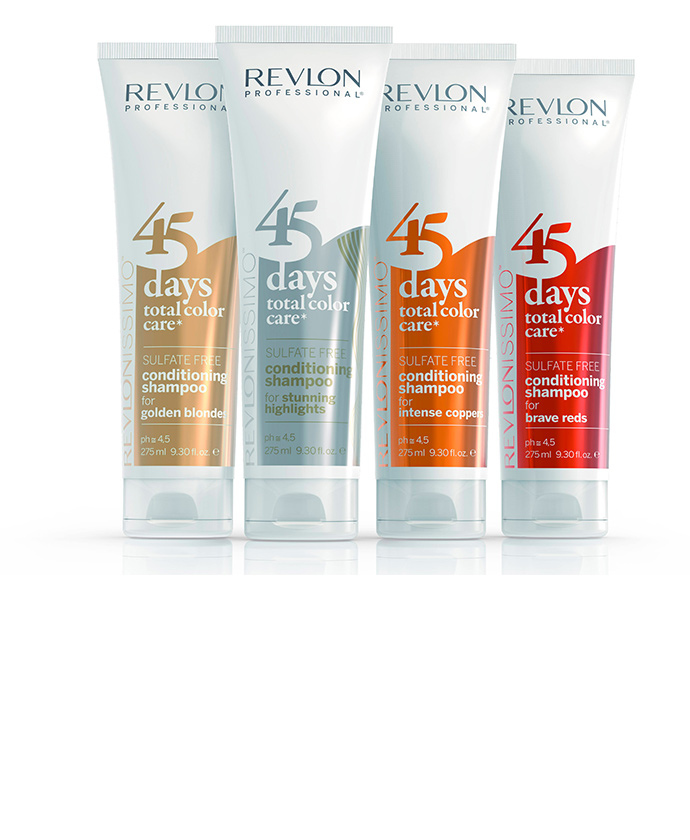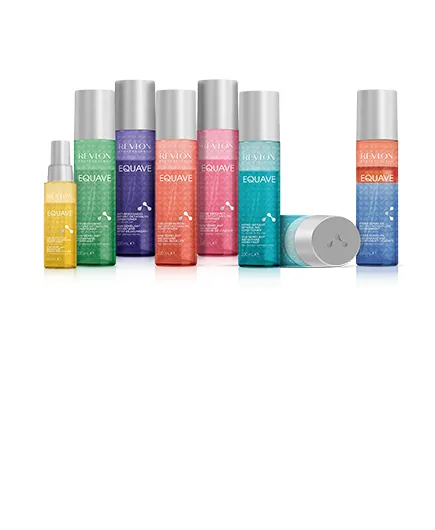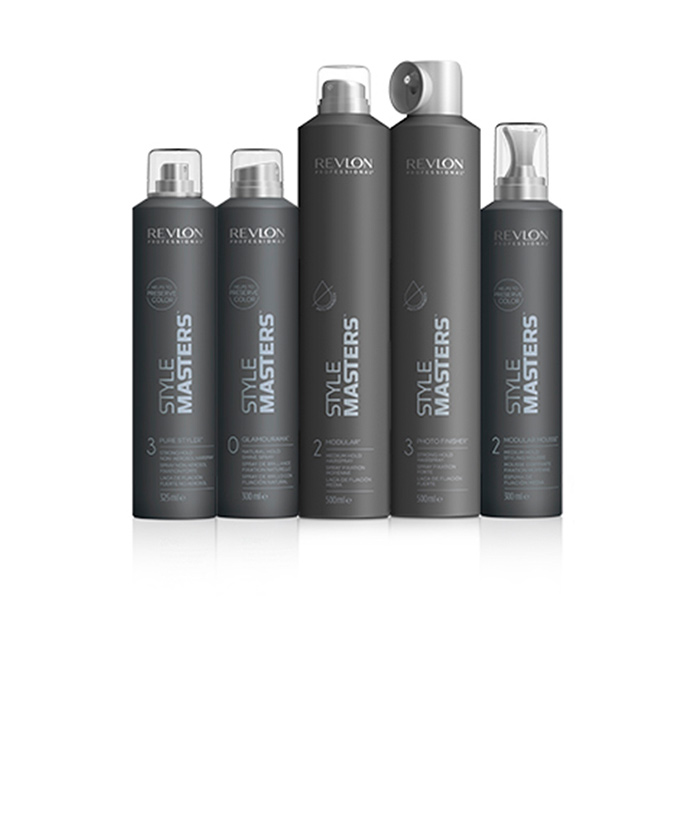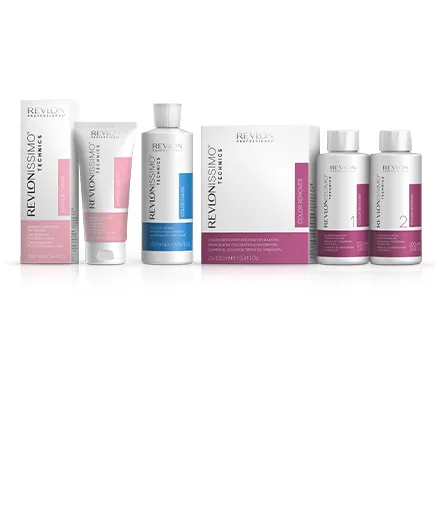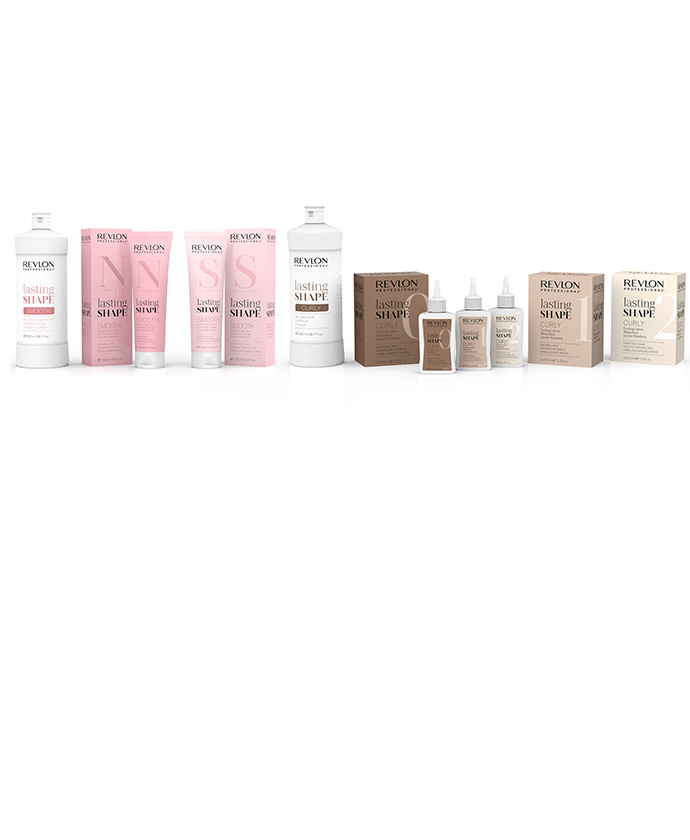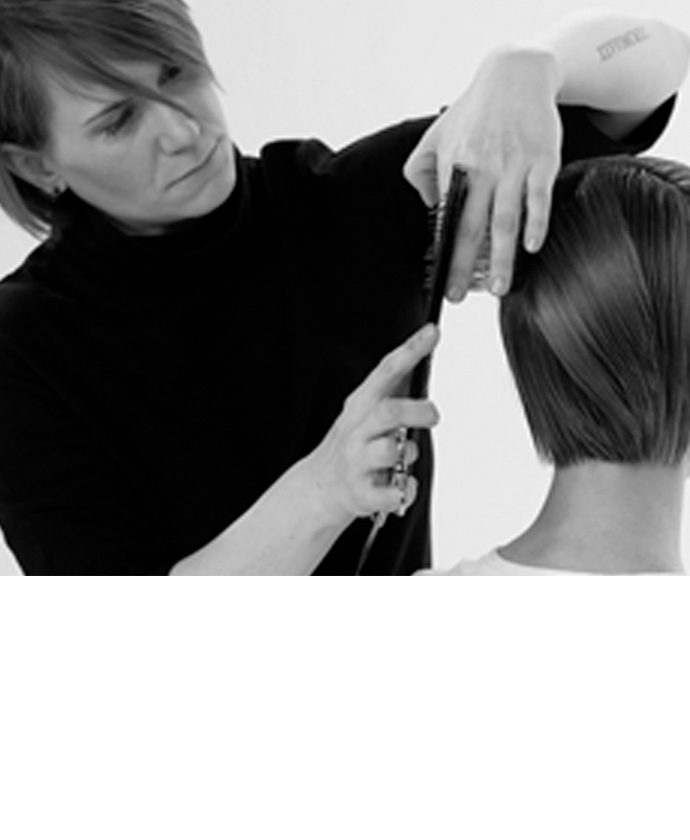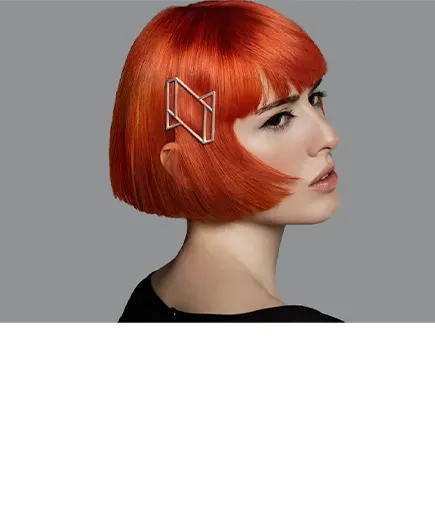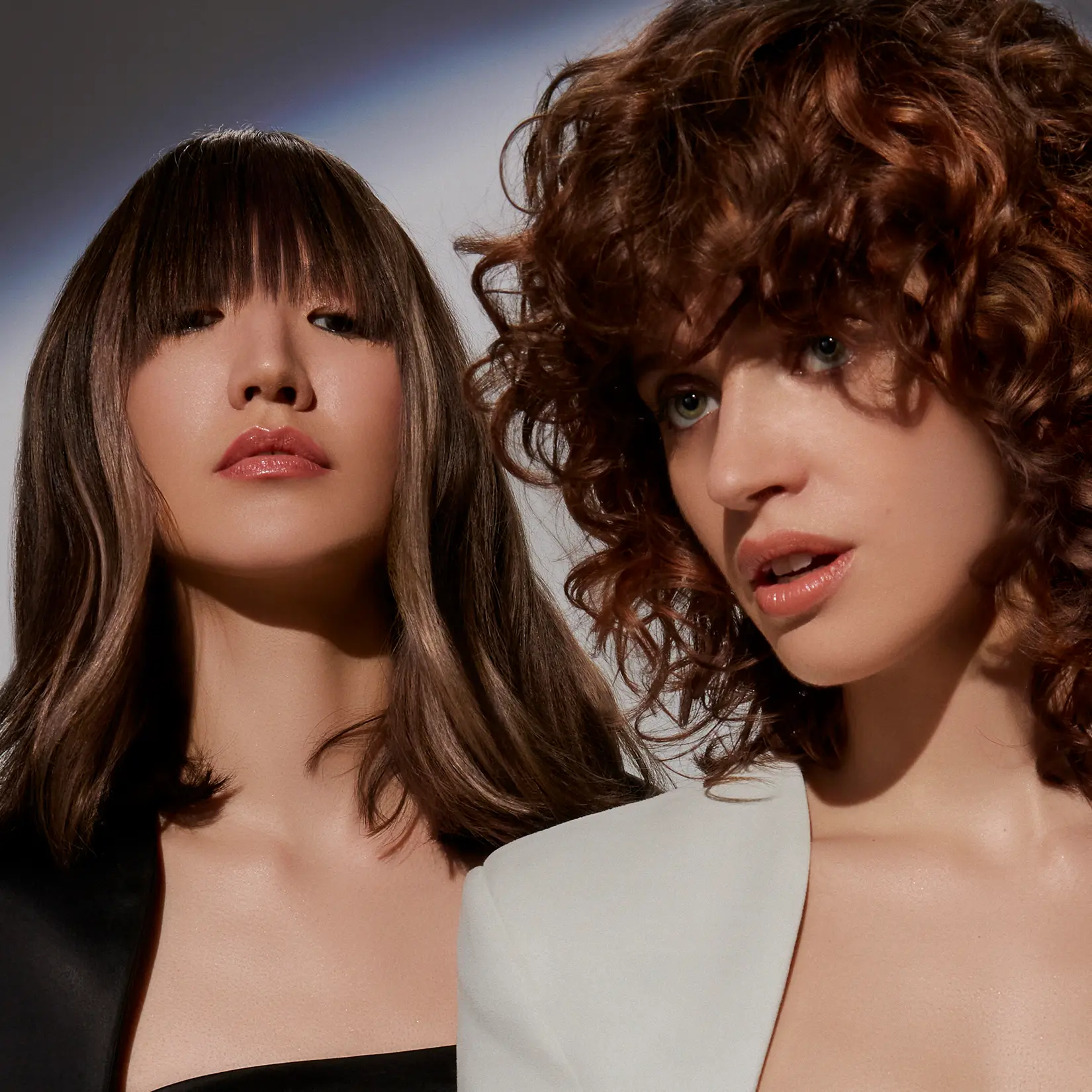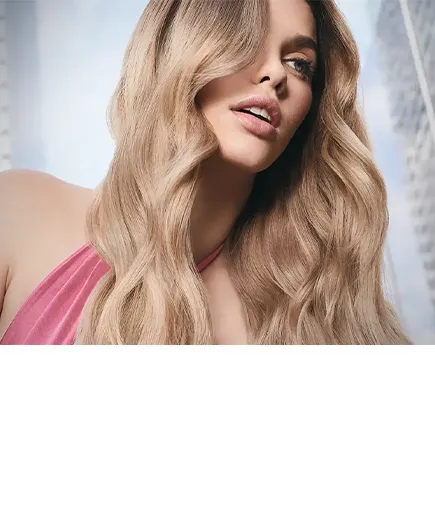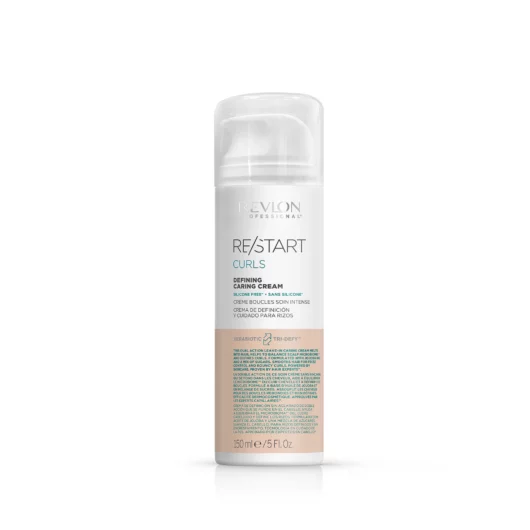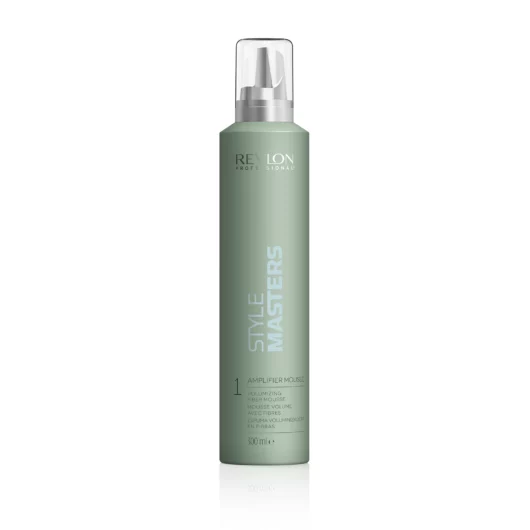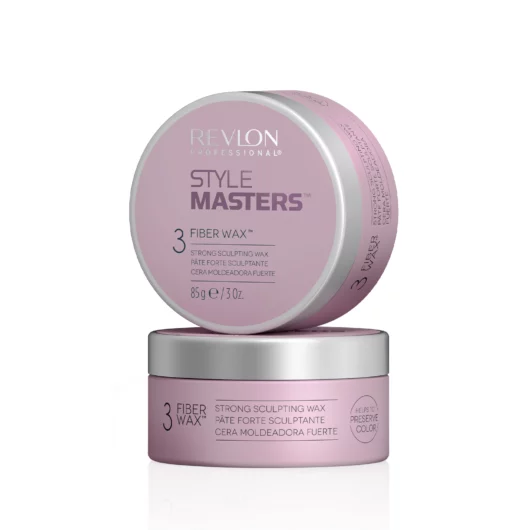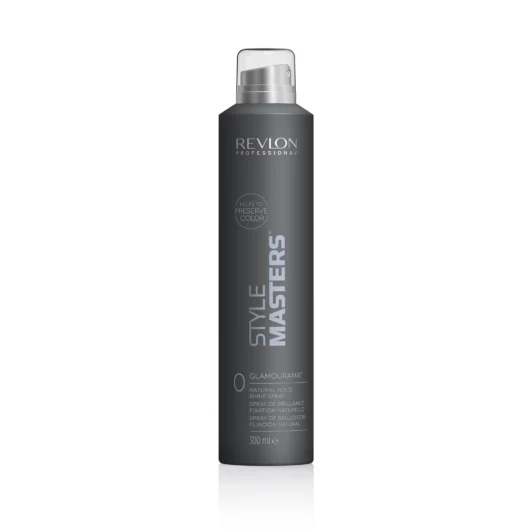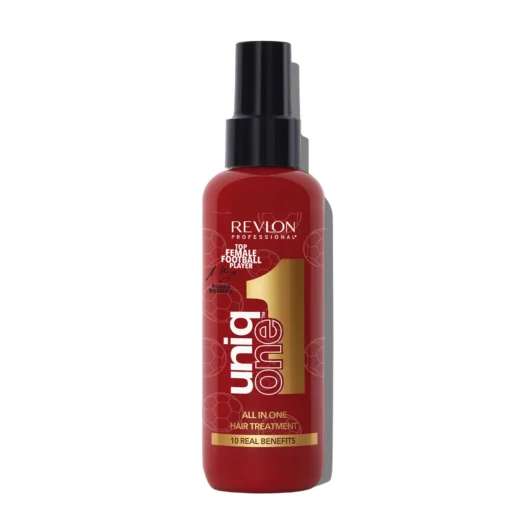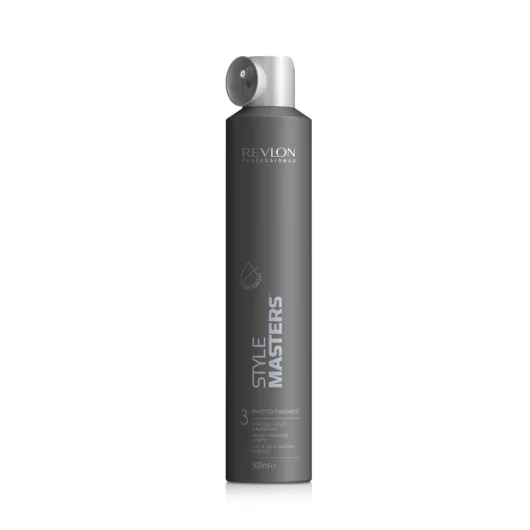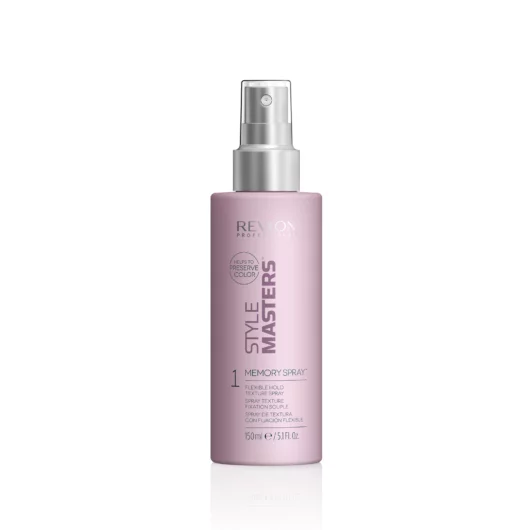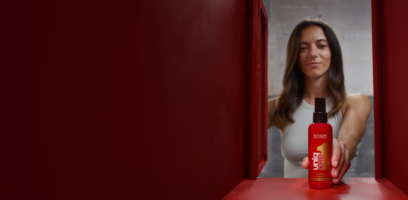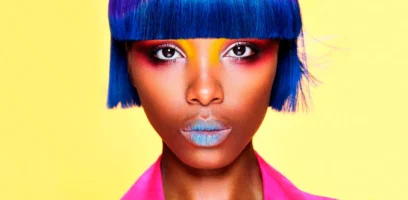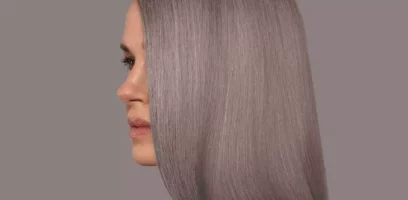Fringe Hairstyles That Suit Every Style and Occasion
Fringes have been a key feature in many iconic hairstyles—and for good reason! They instantly transform a look, enhance facial features, and add personality. Whether bold and edgy or soft and sophisticated, bangs can be customized to suit different face shapes, hair textures, and lifestyles. With the right cut and styling, a fringe can become a client’s signature look. So, if you’re looking for an easy upgrade—start with the fringe!
View this post on Instagram
The Versatility of Fringe Hairstyles
Fringes are more than just a trendy accessory; they frame a client’s face, highlight key features, and add movement to a haircut. With variations ranging from blunt bangs to wispy layers, the adaptability of fringes means that there is an option for every hair type and face shape.
Fringes for Every Occasion
One of the greatest advantages of fringes is their ability to transition between different settings. A soft, curtain-style fringe can be the only accessory required for chic or casual outings, while a sleek, polished fringe can really add the glam sophistication to high end and professional environments. For formal events, fringes can be styled with volume or texture to create a glamorous look that elevates the overall hairstyle. Moreover, seasonal colors and trends influence fringe styles, making them a staple choice throughout the year.
View this post on Instagram
Matching Fringe Styles to Face Shapes
Understanding face shapes is key to selecting the most flattering fringe style. Take a look at the most common face shapes and what fringes suit them best:
- Oval: Balanced proportions that suit most fringe styles. Soft, wispy fringes or curtain bangs work exceptionally well.
- Round: Softer angles, benefiting from elongating fringes. Side-swept bangs elongate the face and create dimension
- Square: Strong jawlines, which can be softened with rounded or curved fringes to help soften angular jawlines.
- Heart: Wider foreheads that require balancing with strategic layering. Curtain bangs balance a wider forehead and narrower chin.
- Long: Elongated proportions that can be shortened visually with full bangs. Thick, straight-across bangs visually shorten the face’s length.
View this post on Instagram
Fringe Hairstyles for Every Hair Type
Fringes are a great way to refresh any hairstyle by adding personality and framing the face. But with so many styles to choose from, finding the perfect fringe for different hair types is key. Whether your client has straight, wavy, curly, or coily hair, there’s a fringe that can complement their texture.
Fringes for Straight Hair
Straight hair can sometimes lack movement and volume, but a fringe instantly adds a chic, polished touch. We love bangs with clean, precise lines for a sleek finish, while blunt cuts or soft, feathered layers bring structure and dimension to the style.
Fringes for Wavy Hair
Wavy hair pairs beautifully with textured fringes that enhance its natural movement. Styling with a diffuser on low to medium heat or creating a beachy look helps the fringe blend into the rest of the hair, adding volume while keeping frizz under control.
Fringes for Curly Hair
Curly fringes will give extra oomph and body to curly hair, just remember to shape the bangs to complement natural curl patterns. A dry cut technique allows for greater accuracy in length and shape. Hydrating products like RE/START™ Curls Defining Cream will give long-lasting curl definition and frizz control. 
Fringes for Fine or Thin Hair
For fine hair, wispy, feathery bangs create the illusion of volume. A volumizing spray, such as Style Masters™ Volume Amplifier Mousse™ will add long-lasting body and volume, without weighing down the strands.

Fringes for Thick Hair
Thinning techniques help reduce bulk while preserving the shape of the fringe. Layered fringes are a great option, and styling products like Style Masters™ Creator Fiber Wax™ provide a textured, sculpted, and defined finish without adding weight or residue.
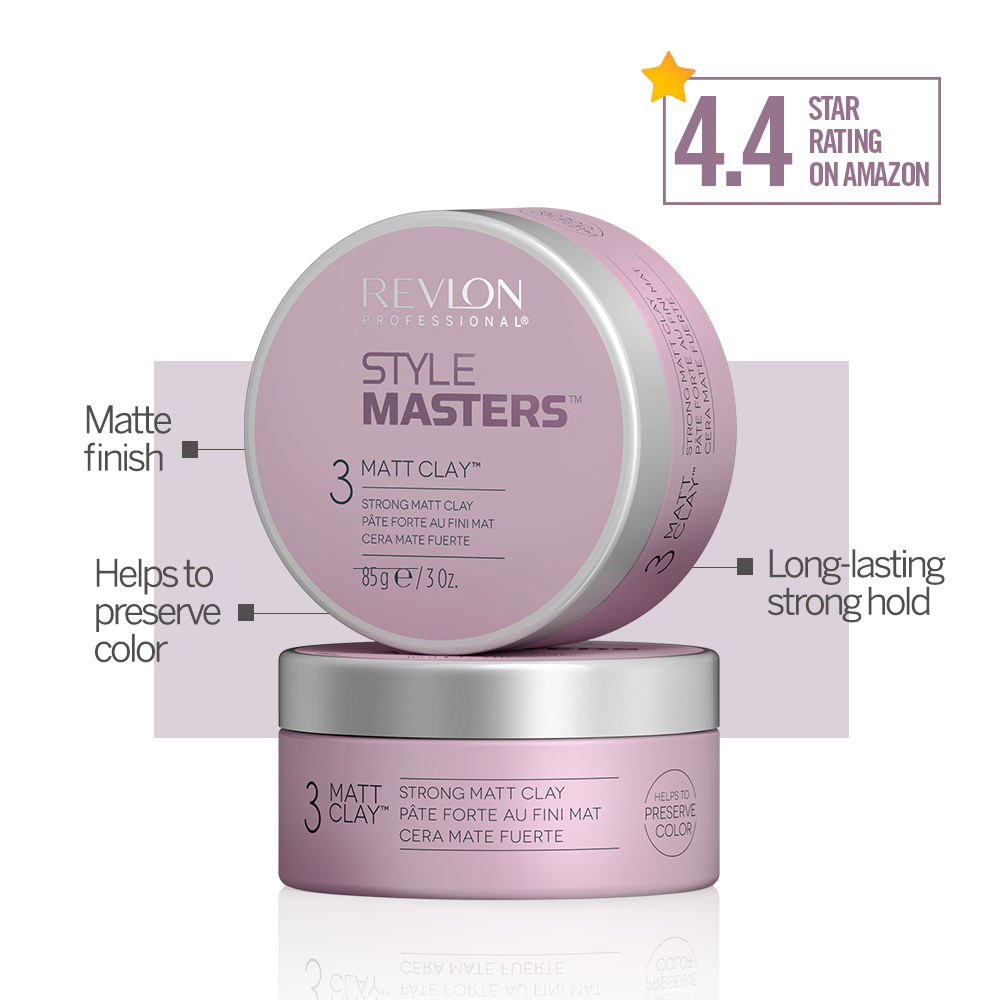
Styling Fringes for Different Occasions
Whether it’s sleek and polished for a formal event, soft and tousled for a casual day out, or bold and edgy for a night out, the right styling techniques can adapt a fringe to suit any mood or setting.
Casual and Everyday Looks
For an effortless, natural look, let the hair air-dry and use a lightweight styling cream to enhance texture. Finish with a spritz of Style Masters™ Glamourama, a quick-drying, lightweight hairspray that adds spectacular shine without weighing the hair down.

Professional or Polished Styles
A sleek fringe pairs well with structured updos or ponytails. For extra control we recommend Style Masters™ Smooth Iron Guard™, which provides a temporary straightening treatment for curly hair. It leaves the hair silky and full of natural shine and movement while also protecting against heat styling.
If your clients are short on time but still want professional results, apply UniqOne™ Leave In Hair Treatment, rough dry, and then use a round brush while blow-drying for a smooth, shiny finish.

Evening and Formal Styles
For a glamorous look, dramatic fringes can be styled with retro curls or sleek waves. A high-shine finishing spray such as Style Masters™ Must-Haves Photo Finisher™ will give you a highly-defined, long-lasting look with maximum hold.
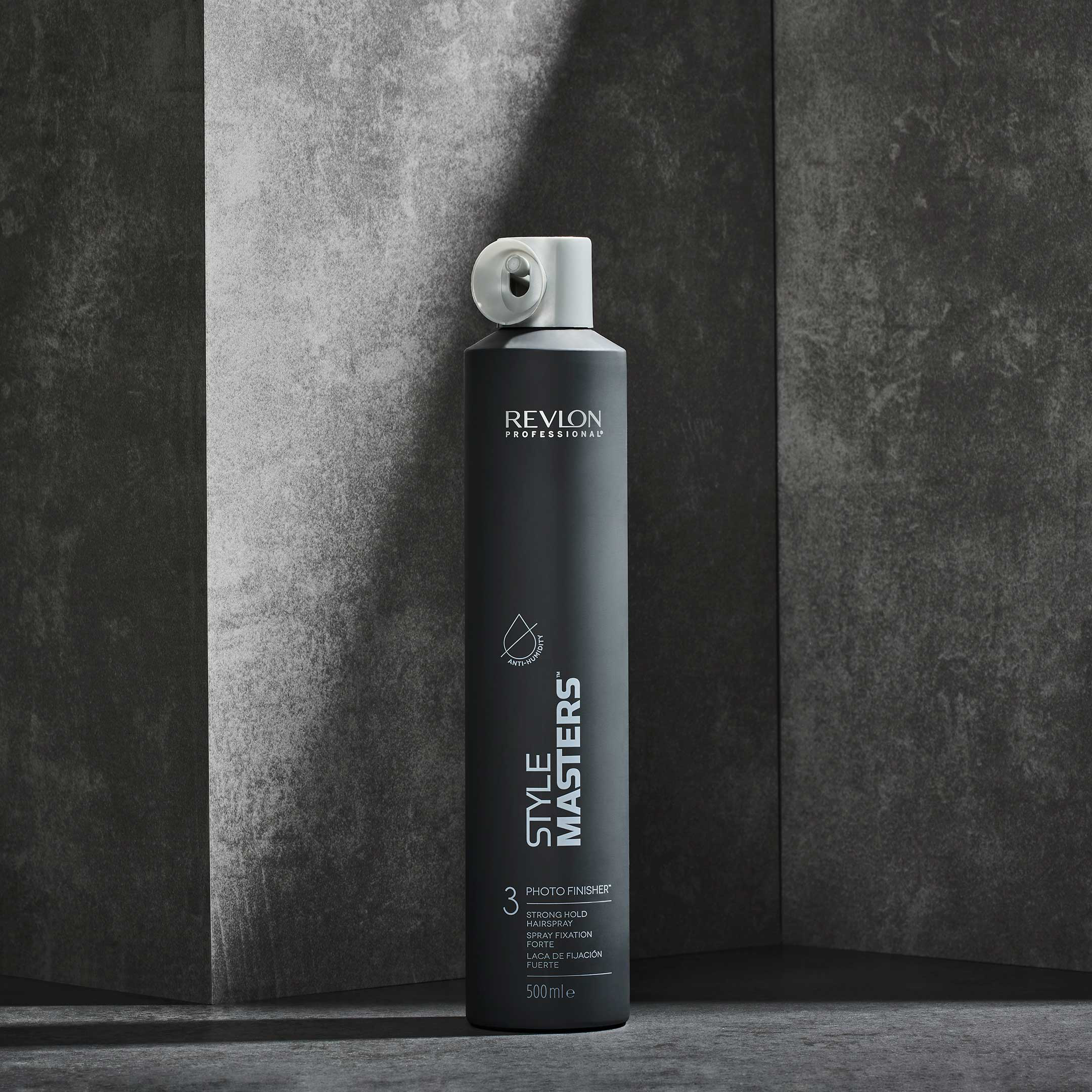
Cutting Techniques for Perfect Fringes
Achieving the perfect fringe requires the right cutting techniques to complement different hair types, face shapes, and styles. From soft, feathered bangs to bold, blunt cuts, mastering these techniques create a flawless finish.
Precision Cutting Tools and Tips
Achieving the perfect fringe requires precision tools, including:
- Professional hairdressing scissors for sharp, clean cuts.
- Texturizing shears for a softer, layered effect.
- Razors for an edgy, deconstructed look
- Don’t forget the clips and combs!
Adapting Techniques to Hair Texture
Every head of hair is unique so cutting methods should be adapted based on your client’s preferred look and their hair texture. Here are a few pro tips that work well on fringes, depending on your client’s hair type:
- Straight hair: Blunt bases with minimal point cutting for a sleek effect.
- Wavy hair: Point cutting for movement.
- Curly hair: Dry-cutting to account for shrinkage.
- Thick hair: Deep texturizing and careful thinning techniques to reduce bulk.
Maintaining and Styling Fringes
To prevent fringes from becoming overgrown or losing shape, recommend regular trims (every 4 – 12 weeks). Offer a quick fringe trim service so that clients can maintain their look. An extra benefit of this is that clients won’t be tempted to cut their bangs themselves!
- Rough dry the roots before styling any of the rest of the hair.
- Blow-dry fringes forward using a small round brush for control.
- Use a flat iron to refine and smooth.
- Experiment with side-sweeping or pinning back for variety.
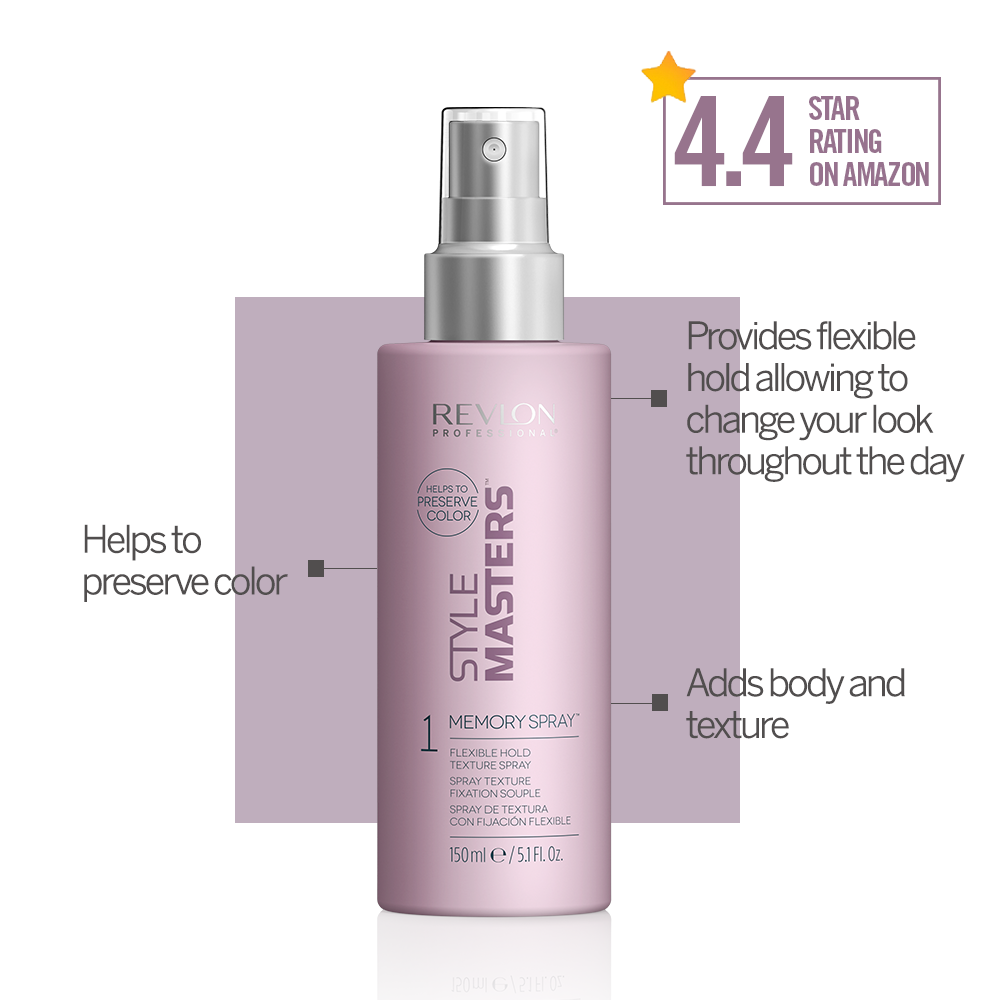
Fixing Fringes That Have Gone Wrong
If a fringe is cut too short or unevenly, solutions include:
- Softening edges with texturizing techniques.
- Blending the fringe into face-framing layers.
Mistakes happen—we’re only human! Be honest with your client, advise them to let the fringe grow out, and offer styling tips to help camouflage any awkward phases.
Another problem that can arise is cowlicks. Managing stubborn cowlicks involves:
- Using cutting techniques that work with the natural growth pattern.
- Using flexible-hold hairspray styling products like Style Masters™ Creator Memory Spray™ to help to keep the hair in place. This product also allows your client to style, reshape, or change their look throughout the day using their hands.
Continue learning new techniques and perfecting those you already know by accessing our educational platform, #AlwaysOn. You can also stock up on your favorite products to help style those fabulous fringes by heading to our online store, Revlon ProShop.


